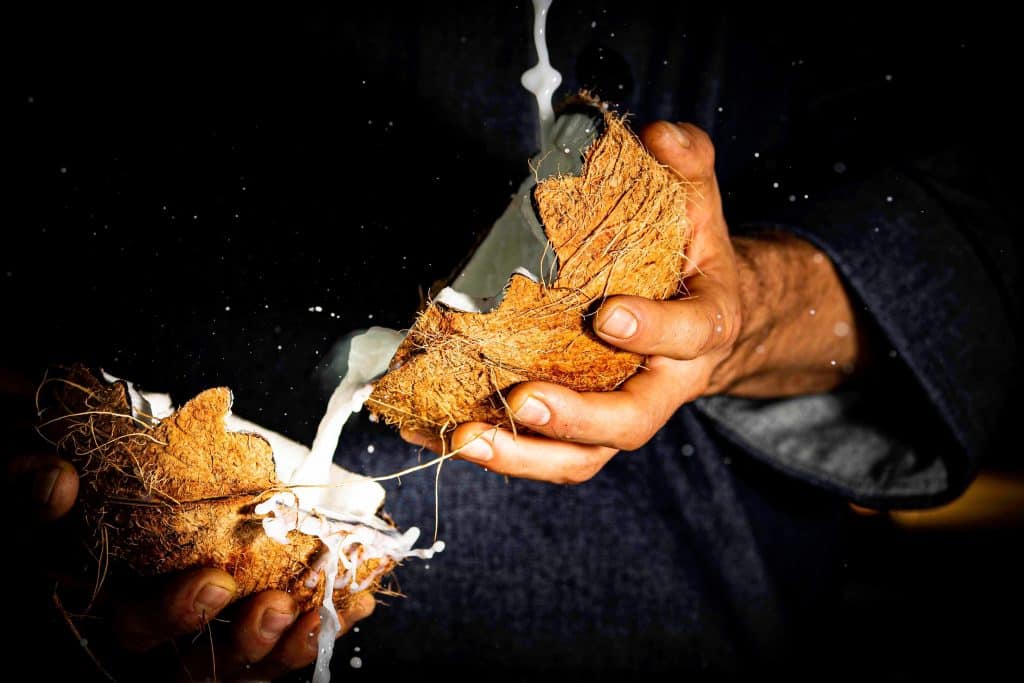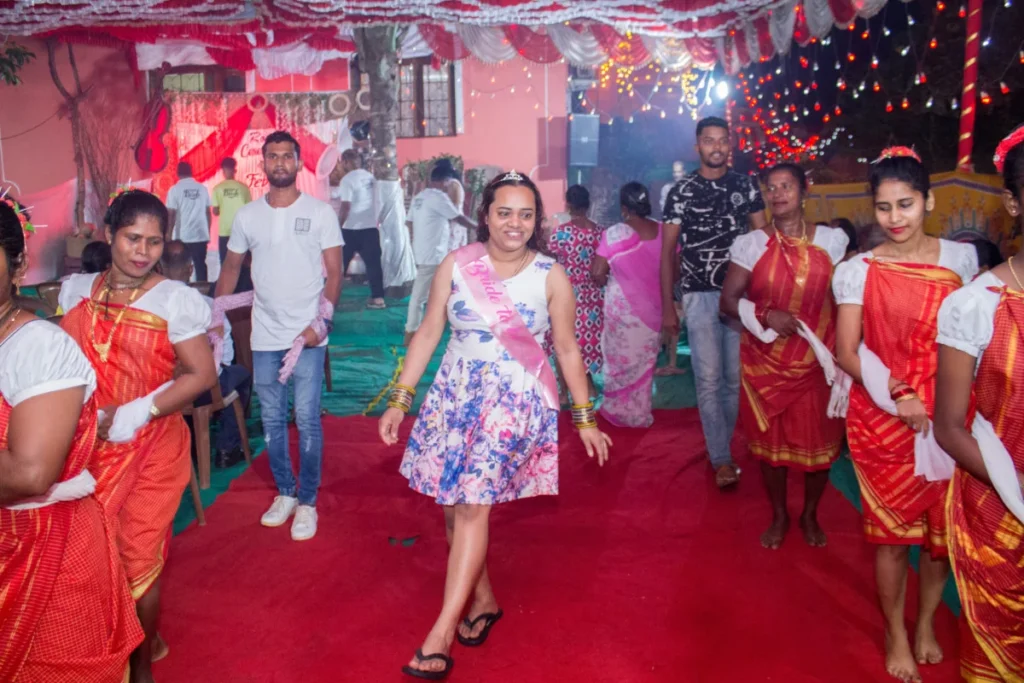Roce Ceremony Goa : An Ode to Tradition and Love
- October 13, 2023
-
3,167
- 4 min
Weddings are a tapestry of traditions, woven delicately across cultures and communities. Among the many fascinating ceremonies that grace these celebrations, the Roce Ceremony Goa stands out in the Goan Catholic community.
Often compared to the Haldi ceremony in Hindu weddings, this ritual carries deep symbolism and ancient significance. Derived from the Konkani word ‘Ros,’ meaning juice, the Roce Ceremony involves anointing the bride and groom with freshly squeezed coconut milk and coconut oil.
Despite the changing times, this unique tradition has persisted, continuing to enchant generations with its mystique. Moreover the meticulous attention to every detail in this ceremony showcases the reverence with which every aspect of the ceremony is handled by everyone.
Before the Roce Ceremony
Before the Roce Ceremony commences. Firstly the community comes together to attend a special Mass for the souls of the departed. This solemn occasion serves as a reminder of the interconnectedness of life, love, and loss.
One of the unique aspects of the Roce Ceremony is the preparation of the Roce itself. Moreover, this task falls upon the shoulders of married individuals. Thereafter, who skillfully extract coconut milk and oil. It’s fascinating to note that this process is executed on the very day of the ceremony, ensuring the freshness and purity of the ingredients used.
Additionally, the breaking of coconuts is a ritual deeply embedded in tradition. The number of coconuts broken is carefully chosen, always an odd number, a practice that symbolizes harmony, balance, and good fortune.

During the Roce Ceremony
As the ceremony unfolds, prayers are recited, weaving a divine thread that blesses not just the bride and groom, but their entire families. Moreover, the groom or bride is seated with grace by his mother. Thereafter the ceremony starts with a cross drawn on the bride or groom’s forehead with holy oil, a gesture laden with blessings and hope. Then comes the Roce, first applied by parents, then family, and finally friends and neighbors. Each motion, each drop, signifies a shower of good wishes and love.
The ceremony takes a symbolic turn as the groom/bride is lifted from the seat by the mother. Signifying the beginning of their new journey. Odd-numbered tumblers of water are poured on the groom or bride’s head. Therefore cleansing them spiritually and physically.
Following this the groom/bride goes for a shower that not only washes away the Roce, but also all residues of the past to make way for the future. Throughout this ritual, melodious songs fill the air, infusing the ceremony with an aura of joy and devotion.
After the Roce Ceremony
Post the Roce Ceremony, a jubilant atmosphere envelops the families and guests, transitioning into the traditional “Rosache Jevon” or feast.
Tradition dictates that after the roce ceremony, the bride and groom are not allowed to meet each other or even interact. It is regarded as unlucky. They are supposed to meet only at the nuptials. Even attempting to leave their home is forbidden. According to superstition, this is to keep them safe from evil spirits. It makes sense that this is done to safeguard them from any bad mishap.
In contemporary times, young couples often find a moment to steal away after the Roce Ceremony, using the time to wrap up any last-minute wedding preparations. Yet, the essence of the Roce Ceremony remains untouched, a testament to the unwavering faith in tradition and the enduring power of love within the Goan Catholic community.
In the heart of the Roce Ceremony Goa lies a profound lesson – a reminder that amidst the whirlwind of modernity, there is solace in tradition, strength in rituals, and eternal beauty in the merging of the old and the new. The Roce Ceremony stands as a beacon, guiding the way for generations, promising them not just a beautiful wedding, but a life steeped in love, blessings, and the richness of their cultural heritage.



